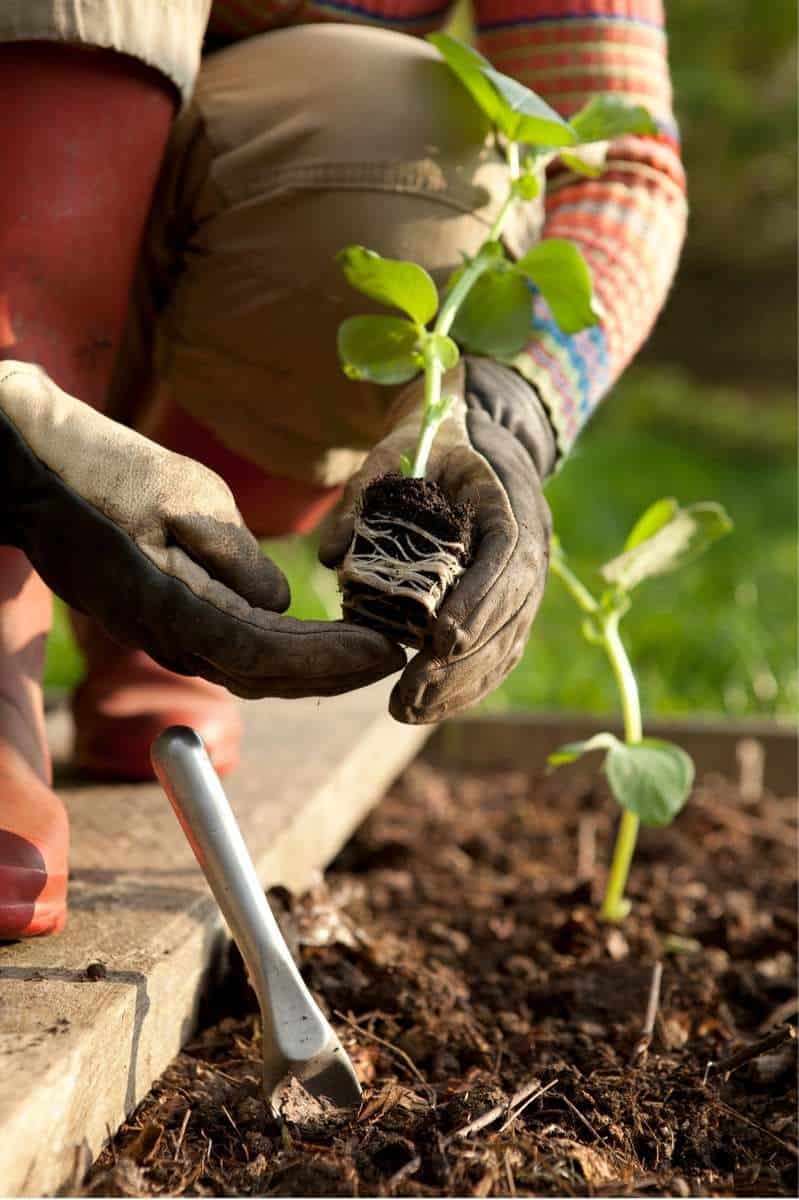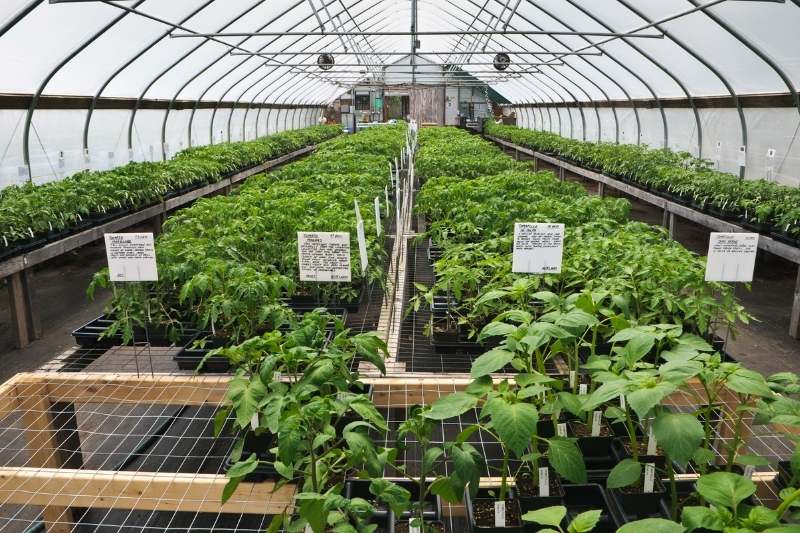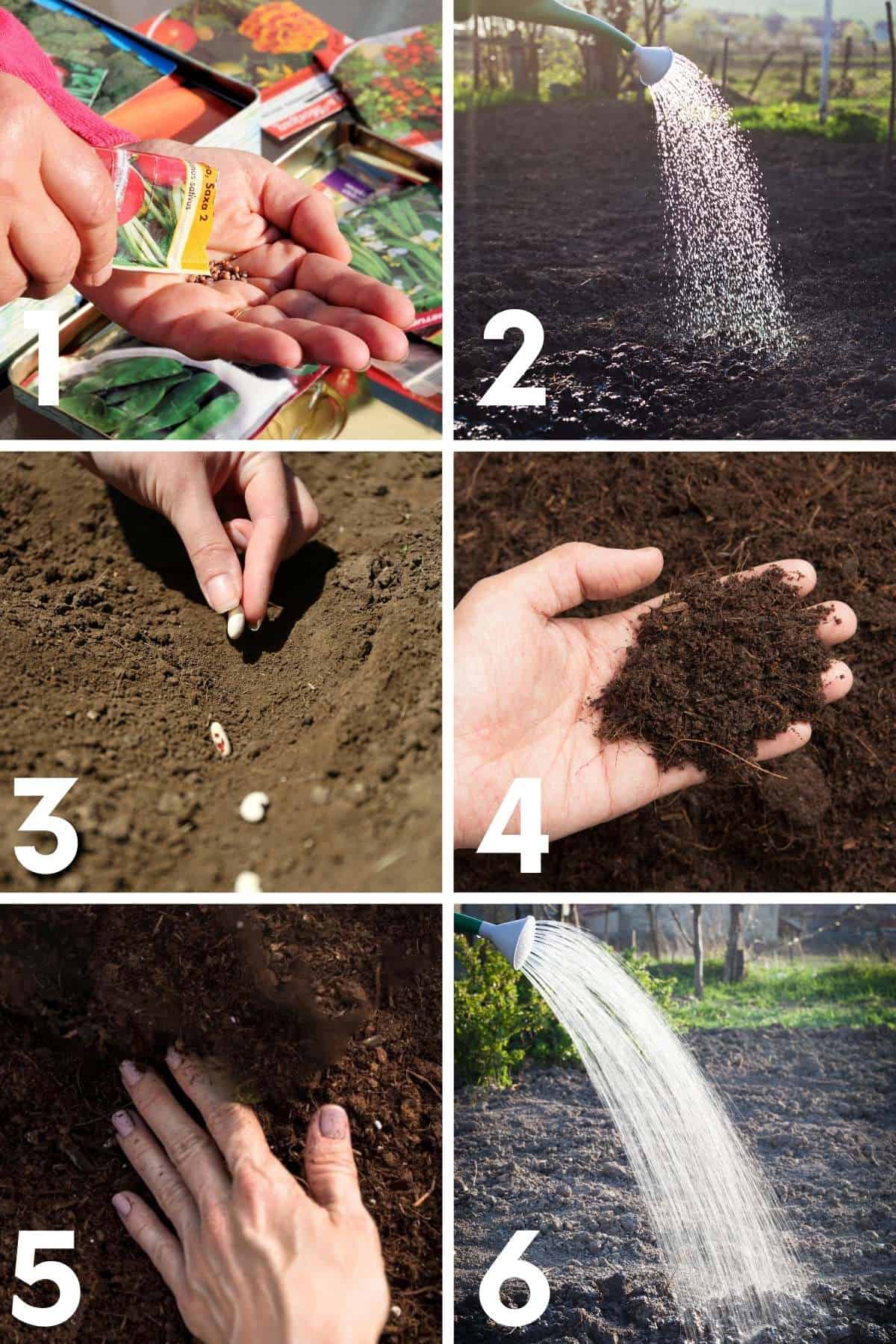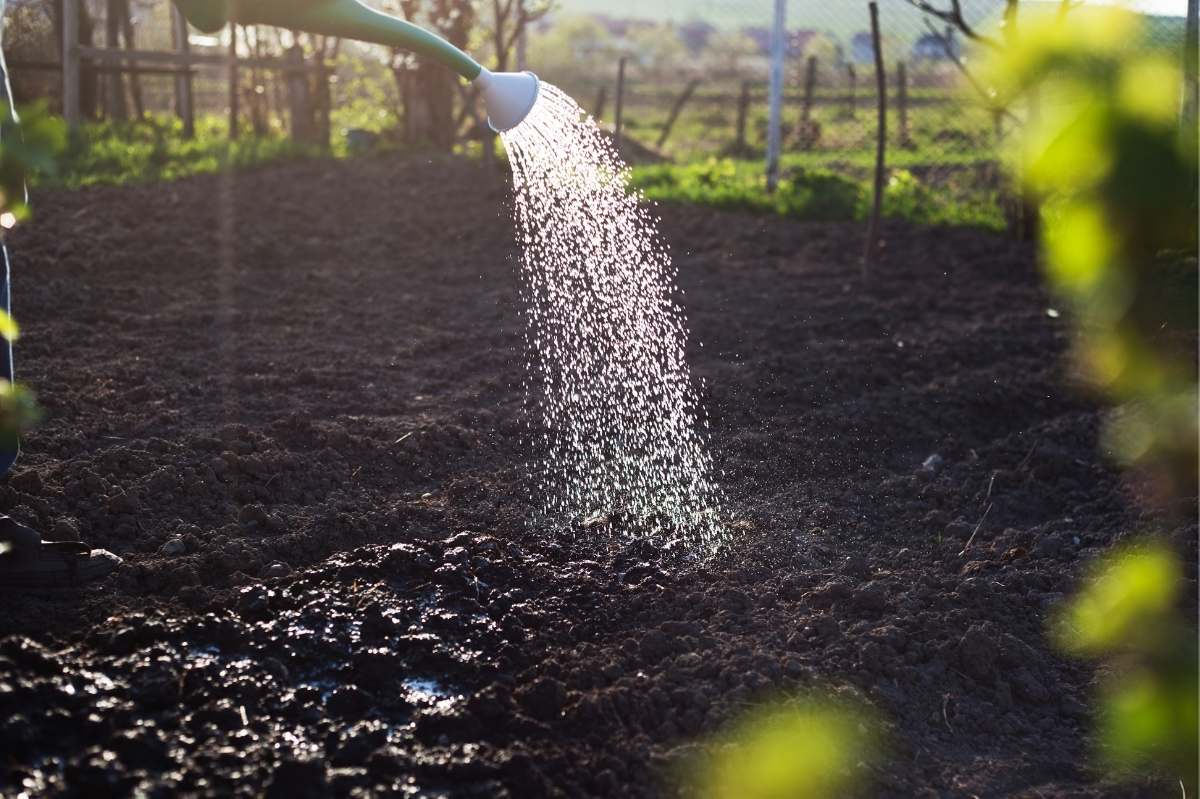Planting might seem like one of the most obvious steps when it comes to gardening—dig hole, put in a plant, done—right? Well, sorta. There are some very important tips and tricks you should know that will help you get your garden off to the very best start possible.
If you’ve never planted a garden before, we’re going to give you all the tips and tricks you need to know to make sure you do it right the first time. Planting your seedlings and seeds properly is one the most important things you can do to have a successful garden, so let’s get started.

Table of Contents
Should I be planting seedlings or direct sowing seeds?
The answer to this question depends on a lot of factors—what kind of veggie you are growing, your growing climate, when you’d like to harvest, if the plant likes to be transplanted or not. We recommend checking out our individual plant guides to see our advice on seedlings or direct sowing for each type of plant.
Growfully Protip
If you are starting your own seedlings, make sure you follow our sure-fire process for seed starting.
How do I pick the best seedlings at the garden center?
It might be easy to assume that you’re looking for the biggest, tallest seedlings when you go plant shopping, but those aren’t always the best plants to grab. We cover everything to look for when plant shopping in our guide to choosing seedlings.

What do I need to do with seedlings before I plant them?
Whether you’ve started your own seedlings or purchased seedlings from a garden center, once of the most important things you need to do before planting them out in the garden is to harden them off.
Hardening off is simply the process of gradually exposing your seedlings to more and more wind and sun exposure so they are well-acclimated to life outdoors. Chances are, your seedlings have been babied from day one, which means they aren’t ready for Mother Nature with her thunderstorms, blistering sunshine, and temperature fluctuations. We cover the entire process in our article on hardening off seedlings.
Seedlings that aren’t hardened off will have weaker stems, slow growth, or even wind or sun damage that could even kill the plant!
How do you plant seedlings in the ground?
Alright, you’ve hardened off your seedlings, and now you’re ready to plant them! The process is relatively simple and straightforward:

- Water your seedlings well at least an hour before planting, to reduce transplant shock and ensure the seedling stays together when it is removed from the pot.
- Dig a hole that is slightly larger than the size of the pot your seedling is in. The one exception here are tomato plants—they are able to create roots from their stems easily, so you’ll want to dig a hole deep enough for the plant to be buried up to its first set of leaves.
- If you haven’t yet amended your soil with compost, now is a good time to mix a trowel-full of rich compost into the planting hole to help feed the roots.
- Gently squeeze the outside of the pot to loosen the seedling. Then wrap your hand around the base of the plant, and tip the pot upside down. The plant should slide out into your hand, leaving the pot behind.
- If the seedling is root bound (meaning there is a mat of roots around the soil base), very gently use your fingers to loosen up the roots. No need to untangle them, just give it a bit of air.
- Place the seedling in the hole, and while holding the stem straight up, backfill around the plant with soil.
- Once the hole is filled, using your hands, firm around the base of the plant so it is snug in the soil bed.
- Water the plant well using gentle irrigation. Strong water pressure can wash away the newly-replaced soil, so this is a good time to use a gentle mist or rain head watering can or sprayer.
Growfully Protip
Make sure to use a mild day to do your transplanting. A cloudy day with low wind is preferable to help reduce transplant shock.

What about planting peat pots?
Some folks choose to use seedling pots that can be directly planted in the ground (like peat pots or cow pots). We’ve had varying degrees of success with those, because some plants’ roots have a hard time breaking through the pot, and it’s rare in our garden to see the pot break down in a single growing season. We prefer newspaper pots for plantable pots that do break down easily.

If you do choose to use peat pots, make sure to tear off the bottom of the pot before planting the entire seedling—pot and all—into the planting hole. This allows the roots to grow down through the bottom of the pot, even if the pot doesn’t break down during the growing season.
How do you direct sow seeds in the ground?
If you’ve started your own seeds indoors, you know the process for planting seeds! We’re just going to mimic the process in the garden:

- Check the seed packet or our plant guides for information on how deeply to plant your seed, the germination temperature, and any special requirements.
- Start with a moist seed bed. If you need to water, do so before planting.
- Make an indentation in the soil the correct depth. If you are doing an entire row, you might want to make a shallow trench. Then place the seed inside the indentation.
- Cover it with fine, loose soil. For some varieties, you don’t want to cover the seeds very much at all because they need light to germinate (like lettuce and celery).
- Using your hands, gently firm the ground to set the seed in the soil.
- Water the seeds to begin the germination process. If they are small seeds, you will have better luck spritzing or spraying seeds to dampen them. Larger seeds can handle a gentle mist or rain head watering can or sprayer.
Growfully Protip
Make sure to keep the top of the soil evenly moist during the entire germination process. Most seeds do not germinate when the soil dries out.

How do you take care of your newly planted garden?
While your new plants are transitioning to their new home, it’s important to reduce the amount of stress as much as possible. This means regular, even watering, keeping pests away, and trying to keep the temperature even (although controlling the weather isn’t something most folks can do).
Even with babying your plants, don’t be surprised if transplanted seedlings look a little droopy, wilty, or even desaturated a few days after planting. Transplant shock affects different varieties to varying degrees, and typically will resolve itself with a little T.L.C.

Your garden is off to a great start! Now that you’ve got it all planted, make sure to check in with your garden every day and follow our garden maintenance list to keep your garden happy and healthy.








What a great intro to planting a garden! We love the gardening community so much!
If you have the luck to have a community garden around you, there are many friendly folks who will show you what grows best in your local climate.
Your post inspired us to write an ode to backyard gardening – https://bodhiwanders.com/2021/11/ode-to-a-backyard-garden-how-to-start/
Thanks for helping me understand that the seedlings must be watered at least an hour before planting them. I guess I really need to ask a professional to help me since I plan to get a plant nursery for my backyard. It’s to add greenery to the available plants it has ever since I bought this house because it seems really relaxing to hang out with a lot of greenery around me.